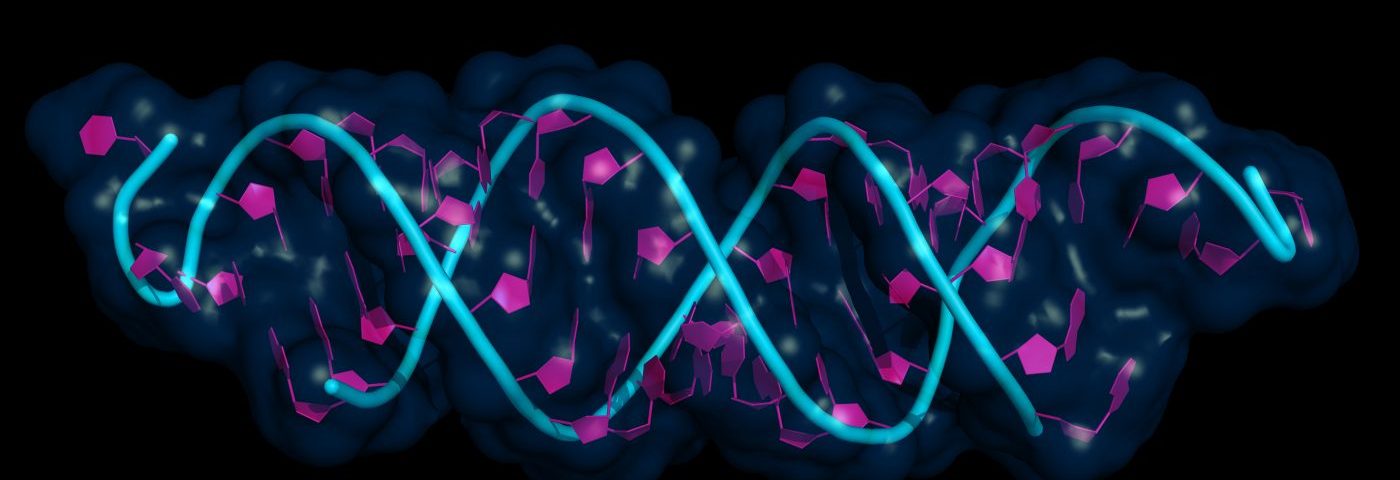Researchers in China have identified molecular mechanisms that regulate gene expression involved in endometriosis. The findings may have implications for future targeted therapeutic strategies for the disease.
The study, titled “Integration analysis of microRNA and mRNA paired expression profiling identifies deregulated microRNA-transcription factor-gene regulatory networks in ovarian endometriosis,” appeared in the journal Reproductive Biology and Endocrinology.
Endometriosis is a complex disease, which affects approximately 6-10 percent of women in reproductive age, but may even reach 35–50 percent in women experiencing pelvic pain and/or infertility. Despite this high prevalence, the cause of endometriosis remains incompletely understood.
microRNAs (miRNAs) are small, highly-conserved, single-stranded RNA molecules that primarily inhibit gene expression — the cellular process of protein production from DNA. They degrade or inhibit the translation of messenger RNAs (mRNAs) into proteins, by specifically targeting small “seed sequences” in the RNA strand.
Conversely, transcription factors (TFs) are proteins also involved in gene expression. They bind to DNA at specific spots, causing the activation or repression of DNA transcription into an mRNA molecule.
miRNAs and TFs can have common targets and their levels may be regulated by each other. These molecules may also cooperate to fine tune gene expression. Collectively, the miRNAs-TFs regulation mechanisms play vital roles in biology. Research indicates that abnormal production of both miRNAs and TF may be involved in the onset and development of endometriosis.
However, no studies had evaluated miRNA-mRNA interactions and tried to identify miRNA-TF-gene regulatory networks in endometriosis.
Aiming to assess crucial genomic factors and understand the molecular mechanisms of endometriosis, the researchers used sophisticated techniques to profile miRNA and mRNA expression in the ectopic (in the wrong place) endometrium (EC) and the eutopic (normal) endometrium (EU), which were known for having abnormal miRNA expression in women with endometriosis.
The analysis was conducted in eight patients with ovarian endometriosis. The results revealed a total of 107 differently expressed miRNAs and 6,112 mRNAs when comparing the EC with the EU data.
This large pool was refined and showed that the miRNA-TF-gene regulatory network consists of 22 miRNAs, 12 TFs, and 430 target genes. This network includes well-studied candidates, such as miR-183-5p and the genes FOXO1 and VEGFA, but also novel candidates, including the miR-449 family and the miR-106a-363 cluster, which had been implicated in different types of cancer.
“By establishing the regulatory network in miRNA and mRNA expression profiling, our present study confirms and significantly extends the results of prior studies, thereby defining some crucial miRNAs, TFs and genes involved in the pathogenesis [disease mechanism] of endometriosis,” the investigators wrote.
“The identified interactions could also have implications toward targeted therapeutic strategies for endometriosis,” they concluded.
Among the study’s limitations, the authors mentioned the small sample size and the preliminary nature of the findings, which may include false positives.

